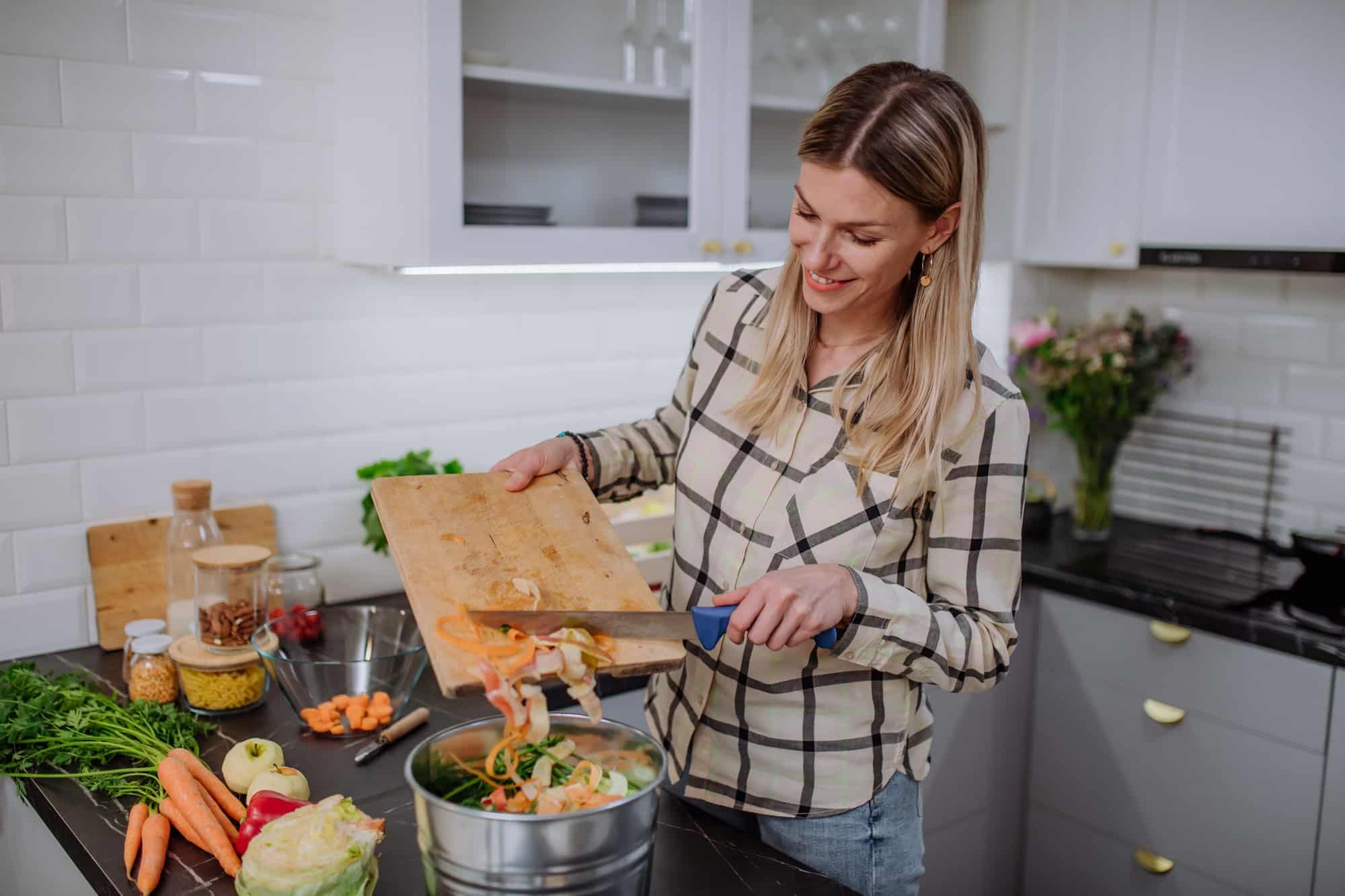Composting is an eco-friendly practice that can transform your household waste into nutrient-rich soil for your garden. But, how to establish a sustainable and efficient home composting system? Composting isn’t just about throwing kitchen scraps into a pile and waiting. It requires a strategic approach and understanding of the composting process. Let’s delve into the techniques and tips to create a successful home compost system.
Understanding the Basics of Composting
Before we delve into the specifics of creating a compost system, it’s important to understand what composting is and why it’s beneficial.
This might interest you : How to Implement a Mediterranean Diet Inspired Kitchen Design?
Composting is a natural process that transforms organic waste — like food scraps, coffee grounds, and yard waste — into a nutrient-rich soil conditioner. This process is facilitated by microorganisms, which break down the organic material into a rich, dark substance that’s perfect for gardening. Composting not only reduces the amount of waste sent to landfill but also enriches the soil in your garden, promoting plant growth and health.
Choosing the Right Compost Bin
A crucial step in establishing a sustainable home compost system is choosing the right compost bin. This can range from a simple pile in your backyard to an elaborate tumbling composter.
Have you seen this : How to Integrate Smart Lighting into a Child’s Bedroom for Better Sleep?
When choosing a bin, consider your needs and constraints. If you have a large backyard, an open compost pile or a stationary bin could work. These options allow for large volumes of compost and are relatively low-maintenance. However, they may attract pests and take longer to produce compost.
For those with limited outdoor space, a tumbling composter could be the ideal choice. These bins are enclosed and can be rotated to mix the compost, speeding up the composting process. They are also pest-resistant, though they have a smaller capacity than open piles or stationary bins.
Balancing Green and Brown Materials
In the composting world, ingredients are typically classified as either ‘green’ or ‘brown.’ Green materials are rich in nitrogen and include things like fruit and vegetable scraps, coffee grounds, and fresh grass clippings. Brown materials, on the other hand, are high in carbon and include things like dry leaves, straw, and newspaper.
For your compost to decompose effectively, it needs a balance of these green and brown materials. A common rule of thumb is to aim for a ratio of 3:1, three parts brown to one part green. Too many green materials can make your compost sloppy and smelly, while too many browns can slow the composting process.
Encouraging Compost Decomposition
After adding the right mix of green and brown materials to your compost bin, the next step is to encourage decomposition. Decomposition is an organic process facilitated by microorganisms like bacteria and fungi, as well as larger organisms like worms and insects.
There are a few strategies you can employ to speed up this process. Firstly, chop or shred your compost materials before adding them to the bin. Smaller pieces decompose quicker than larger ones.
Another approach is to turn or mix your compost regularly. This helps to aerate the compost, providing oxygen that the microorganisms need to break down the material. Aim to turn your compost every week or two.
Lastly, keep your compost moist but not soaking. Microorganisms need water to survive and function, but too much water can create an anaerobic environment, slowing down decomposition and creating unpleasant smells.
Troubleshooting Common Compost Problems
Even with the best intentions, you might encounter some problems with your home compost system. These can range from unpleasant odors to slow decomposition.
If your compost pile smells, it’s usually a sign that something in the balance of materials or conditions is off. A rotten smell could suggest that your compost is too wet or there are too many green materials. Add more brown materials and turn your compost more frequently to fix this.
If your compost isn’t decomposing, it could be that there’s not enough green material or the pile isn’t sufficiently moist. Add some fresh green waste and a little bit of water to remedy this situation.
Remember, composting is more an art than a science. It might take a bit of trial and error to find the right balance, but once you get it, you’ll have a sustainable, efficient home compost system that turns waste into a valuable resource for your garden.
Seasonal Maintenance for Your Compost System
Any good composting guide will highlight the importance of regular maintenance, but few address the nuances of seasonal care. Much like the plants in your garden, your compost system requires different attention as the seasons change.
In the spring and summer, your compost will likely require more frequent turning due to an increase in green materials from your garden. Be sure to keep an eye on the moisture levels during these hotter months, as the compost can dry out quickly. Add water as needed, but remember not to soak it.
In the cooler fall and winter months, your compost system may take longer to decompose. Microbial activity slows down in colder temperatures, but don’t worry – composting is still happening, just at a slower pace. One way to support the composting process during these colder periods is by insulating your compost pile. This can be done by adding a thick layer of brown material, such as straw or leaves, around and on top of your compost pile.
Consider the type of compost bin you have when planning for seasonal maintenance. If you’re using an open pile or stationary bin, this might mean moving your compost system to a location that’s shielded from harsh weather conditions. For compost tumbler owners, rolling the tumbler around every few days can help keep the composting process active.
How to Use Your Finished Compost
After weeks or even months of composting, you’re rewarded with a batch of rich, dark, crumbly compost. This is a high-quality soil conditioner, packed with nutrients, promoting plant growth, and improving soil structure.
Compost is versatile and can be used in various ways in your garden. It can be mixed into the soil when preparing garden beds in the spring, providing plants with a nutrient boost at the start of the growing season. Compost can also be used as a mulch, spread over the soil surface to suppress weeds and help retain soil moisture. Furthermore, you can use compost to make a nutrient-rich tea for watering your plants.
When using your compost, it’s important to ensure that it’s fully decomposed. Using compost that hasn’t fully decomposed can harm plants as the ongoing decomposition process can compete with plants for soil nutrients. Fully decomposed compost will have a pleasant earthy smell, a crumbly texture, and you should not be able to recognize the original materials.
Conclusion
Creating a sustainable home compost system is a fantastic way to reduce waste and create nutrient-rich soil for your garden. It’s a process that requires patience, understanding, and a bit of work, but the rewards are well worth the effort. By understanding the basics of composting, selecting the right compost bin, balancing your green and brown materials, encouraging decomposition, troubleshooting common problems, maintaining your compost seasonally, and knowing how to use your finished compost, you’ll be well on your way to a successful and sustainable home compost system. Remember, composting is more an art than a science, and it may take some trial and error, but don’t let that discourage you. Happy composting!











